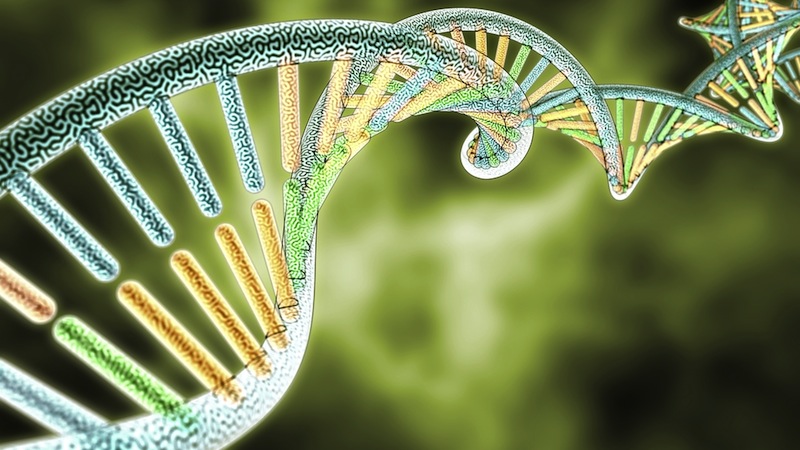Genome Sequencing Reveals Severe Intellectual Disability in Patients

Scientists can now diagnose the condition of severe intellectual disability in patients by looking at their genes, even in those for whom all other genetic tests failed to work.
These new findings suggest that novel, noninherited genetic anomalies are a major cause of the disorder, researchers added.
"For the first time, we can identify the genetic cause in the majority of patients with severe intellectual disability," study co-author Joris Veltman, a geneticist at Radboud University Medical Center in Nijmegen, the Netherlands, told Live Science. "Genome sequencing technology allows us to do this in only a single test, which is of great importance for practical implementation in clinical care."
The researchers defined severe intellectual disability in patients as those having an IQ of less than 50. Severe cases of intellectual disability occur in 0.5 percent of newborns, and the disorder is thought to be largely genetic in origin, but the genetic roots of severe intellectual disability can vary greatly across individuals.
Studies have highlighted the role of new genetic defects, rather than ones inherited from parents, as playing a key role. However, past work usually focused only on selected genes or portions of DNA, leaving the genetic causes of the majority of severe intellectual disability cases largely unknown.
In the new study, researchers sequenced the entire genomes of 50 patients with severe intellectual disability, as well as their parents, who did not have the disorder. Whole-genome sequencing is the most comprehensive genetic test researchers have; the test reveals the order of the molecules called nucleotides in all of a person's genes.
The scientists focused on how gene sequences varied from person to person, and also looked at variations in the number of copies of each gene that people had.
Get the world’s most fascinating discoveries delivered straight to your inbox.
Previous genetic analyses of these patients did not turn up any genetic culprits for their severe intellectual disability. But in this new study, the researchers discovered 84 new sequence variations and eight new copy-number variations associated with severe intellectual disability. A significant amount of the sequence variations they discovered were mutations that caused genes to stop functioning; also, copy-number variations affected known intellectual disability-linked genes more often than expected. [7 Diseases You Can Learn About from a Genetic Test]
By looking only at these genetic anomalies, the investigators could accurately diagnose the disorder in 21 of the 50 patients they studied. Together with techniques looking at other genetic anomalies, Veltman and his colleagues noted that it is now possible to diagnose severe intellectual disability in 62 percent of patients based on genetic data alone.
These new findings suggest that genetic anomalies that aren't inherited are a major cause of severe intellectual disability. Unfortunately, finding the genetic roots of this disorder "does not mean we can now cure the disability," Veltman said.
Still, "the genetic diagnosis is essential for the family and clinician to make the best plan for the patient, identify potential complications that can be prevented, and give advice for further patient management and family planning."
The scientists detailed their findings in the June 5 issue of the journal Nature.
Follow Live Science @livescience, Facebook & Google+. Original article on Live Science.

 Live Science Plus
Live Science Plus





